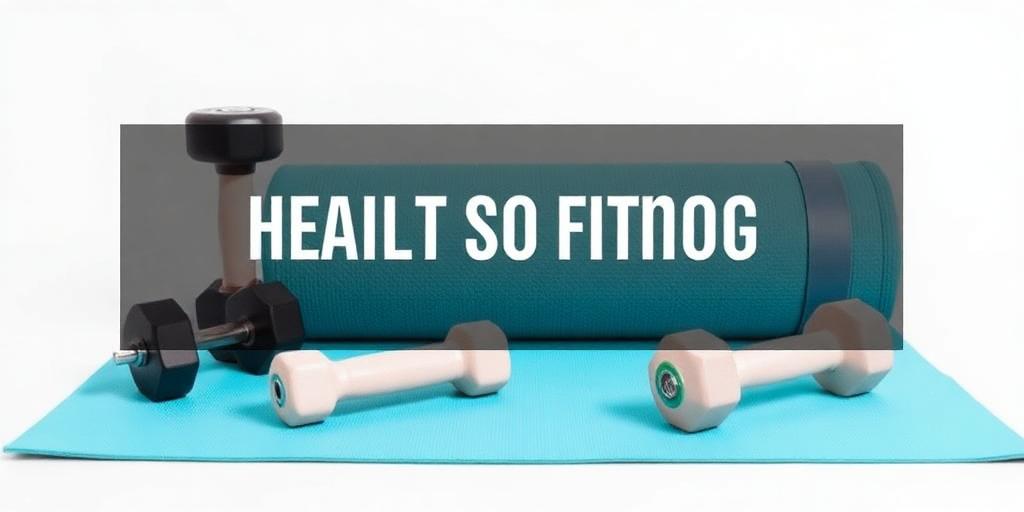Running is a fantastic way to stay fit, but it can also lead to injuries if you're not careful. Understanding common running injuries and how to prevent them is crucial for staying healthy and enjoying your runs. This article covers prevalent running injuries and provides practical tips to avoid them.
Common Running Injuries
1. Runner's Knee (Patellofemoral Pain Syndrome)
Description: Pain around the kneecap, often caused by overuse, poor alignment, or weak thigh muscles.
Symptoms:
- Pain when bending the knee (squatting, kneeling, climbing stairs).
- A grating or popping sensation in the knee.
- Pain after prolonged sitting.
2. Shin Splints (Medial Tibial Stress Syndrome)
Description: Pain along the shinbone (tibia), usually due to repetitive stress on the bone and surrounding tissues.
Symptoms:
- Pain along the front of the lower leg.
- Tenderness to the touch.
- Pain that worsens with exercise.
3. Achilles Tendinitis
Description: Inflammation of the Achilles tendon, which connects the calf muscle to the heel bone.
Symptoms:
- Pain in the back of the heel.
- Stiffness, especially in the morning.
- Swelling and tenderness.
4. Plantar Fasciitis
Description: Inflammation of the plantar fascia, a thick band of tissue that runs along the bottom of the foot.
Symptoms:
- Heel pain that is worse in the morning or after rest.
- Pain that decreases with activity but may return after exercise.
- Stiffness in the arch of the foot.
5. Stress Fractures
Description: Small cracks in the bone, often caused by repetitive impact and overuse.
Symptoms:
- Localized bone pain that increases with weight-bearing activities.
- Tenderness to the touch.
- Swelling.
How to Prevent Running Injuries
1. Proper Warm-Up and Cool-Down
Warm-Up:
- Begin with 5-10 minutes of light cardio, such as brisk walking or jogging.
- Include dynamic stretches like leg swings, arm circles, and torso twists.
Cool-Down:
- End with 5-10 minutes of light cardio.
- Perform static stretches, holding each stretch for 20-30 seconds. Focus on major muscle groups like calves, hamstrings, quads, and hip flexors.
2. Gradual Increase in Mileage
- Follow the 10% rule: Increase your weekly mileage by no more than 10% each week.
- Allow your body time to adapt to the increased workload.
3. Strength Training
- Incorporate strength training exercises to build muscle and support your joints.
- Focus on exercises that target the core, glutes, quads, hamstrings, and calves.
- Examples include squats, lunges, planks, and calf raises.
4. Proper Running Form
- Maintain good posture with a slight lean forward.
- Keep your head up, shoulders relaxed, and core engaged.
- Land midfoot to reduce impact on your joints.
- Avoid overstriding (landing with your foot far in front of your body).
5. Appropriate Footwear
- Wear running shoes that fit well and provide adequate support and cushioning.
- Replace your shoes every 300-500 miles, or when you notice signs of wear and tear.
- Consider getting a gait analysis at a specialty running store to determine the best type of shoe for your foot type and running style.
6. Listen to Your Body
- Pay attention to pain and discomfort. Don't ignore early warning signs.
- Take rest days when needed to allow your body to recover.
- If you experience persistent pain, see a healthcare professional for evaluation and treatment.
7. Cross-Training
- Incorporate other forms of exercise into your routine to reduce the repetitive stress of running.
- Good options include swimming, cycling, yoga, and strength training.
8. Stretching and Flexibility
- Regularly stretch your muscles to improve flexibility and range of motion.
- Focus on stretching your calves, hamstrings, quads, hip flexors, and lower back.
Conclusion
Preventing running injuries involves a combination of proper preparation, technique, and self-care. By following these guidelines, you can minimize your risk of injury and continue to enjoy the many benefits of running.









